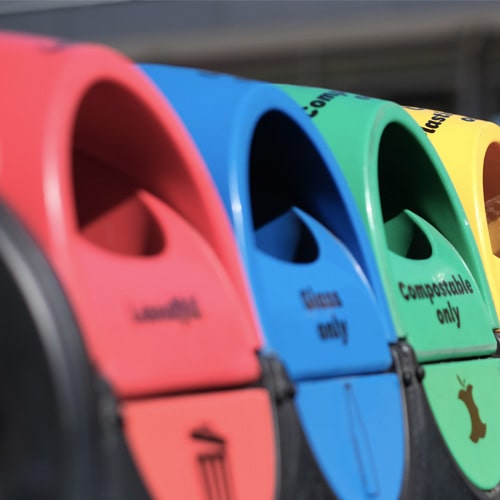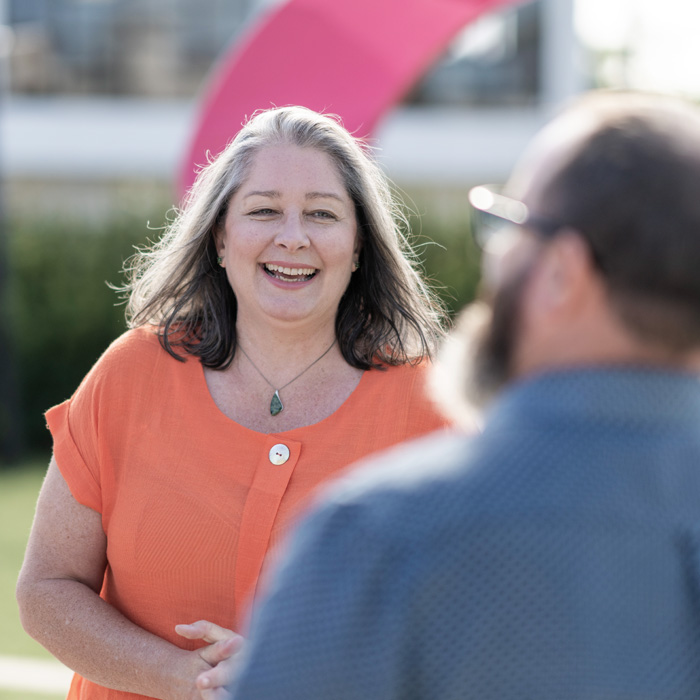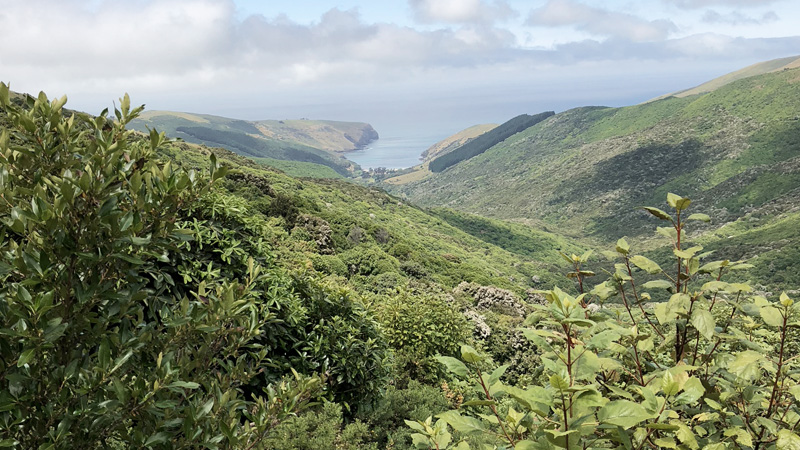Carbon credits in a nutshell
What is a carbon credit? What makes for a credible carbon credit and how does it all work?
The concept of carbon credits is relatively new to the industrialised world. The first time it was seen was in the United States at the end of the 1980s with the cap and trade system.
This allowed companies to produce a set amount of carbon emissions. If they exceeded their cap they had to buy credits to offset their emission overdraft, but if they didn’t they could sell their excess to other companies. However, the cap and trade system was viewed by some as simply a way of ‘paying to pollute’.
Enviro-Mark Solutions senior advisor Stu McKenzie says that while carbon credits have great benefits they should be complimentary to a business’s ongoing efforts to manage and reduce their carbon emissions.
Enviro-Mark Solutions provides environmental programmes and certifications for managing carbon emissions.
To be certified carboNZero™ by Enviro-Mark Solutions, companies like 3R Group buy carbon credits to offset the unavoidable carbon emissions produced over the course of a year. As Stu points out reducing our carbon footprint is 3R’s primary purpose with this certification, however we are also keen to ensure that the emissions we produce are neutralised by purchasing credits.
At present, 2018, 3R get carbon credits from Hinewai Reserve on Banks Peninsula, near Christchurch, where conservation work has seen an area largely devoid of native flora and fauna largely restored to its natural state. Here invasive species like gorse have given way to totara, kowhai, huge numbers of kanuka and a range of other native species.

Carbon credits from areas like Hinewai are appealing to many businesses because they come with the added benefits such as the restoration of native habitats for fauna, biodiversity and conservation. Hinewai, and other similar sites, are also important as they connect adjoining sections of native forest, as well as allow public access and research, Stu says.
It’s important to understand that X number of credits do not represent X number of trees, he says. In a very indirect way one could say X number credits represents X hectares of a reserve, but in practice an area, like Hinewai, is managed as a pool of credits which can then be sold.
So, which species are the best at sequestering carbon? Ironically research shows it is exotic species which sit top of the list. Exotic hardwoods, for example, have a very quick rate of carbon uptake, while Douglas fir trees can store very large amounts of carbon.
This is because trees use the carbon they take in to grow their woody parts, Stu explains. Fifty per cent of a tree’s biomass is carbon, so the faster and bigger a tree grows the more carbon it stores – hence the reason for fast-growing exotics being so efficient at capturing carbon.
New Zealand natives, which grow slower, lag behind. However, natives bring the added benefits of habitat restoration and conservation which exotic trees do not. This is why they are the first choice for carbon credits for New Zealand companies, Stu says.
Native forests are also permanent, whereas the vast majority of exotic plantations are eventually logged and the carbon is lost.
According to native tree planting advocacy group Trees That Count, if we were to plant 184 million extra native trees, it would be enough to negate New Zealand’s average annual increase in greenhouse gas emissions since 1990.
When measuring carbon sequestration, as was being done when the 3R team visited Hinewai in November, scientists set up a small plot and take measurements of the trees in the plot, like tree height and stem thickness. This is repeated at several computer-generated positions before allometric equations are used to calculate the carbon being sequestered in an area.
Sequestration measurements also take tree death and the natural lifecycle of forests into account, Stu says. When a tree dies some carbon is released to the atmosphere, while some ends up stored in the soil as the tree rots. However, a state of equilibrium is reached when a forest reaches maturity and dead trees are replaced with new ones.
When dealing with forests there is always the possibility of loss through fire. However, if an area affected by fire can recover to its previous state, there is no loss of carbon on balance, Stu says. However, if the area cannot recover additional credits may need to be bought to cover those lost.
Carbon credits not only offer businesses the means to offset their unavoidable carbon emissions, but gives land owners a way of returning unused, unprofitable land to its natural state.
Just like all other natural resources the scope for carbon credits is finite, with only so much land available for new planting. However, as Stu reiterates, it is a complimentary practice to reducing carbon emissions and an important part of the global strategy for addressing climate change.







